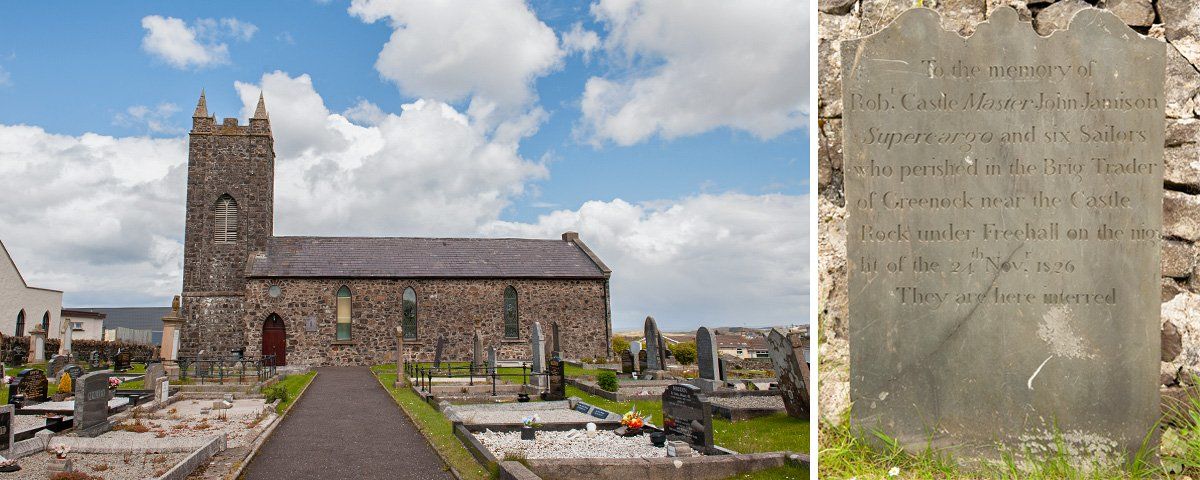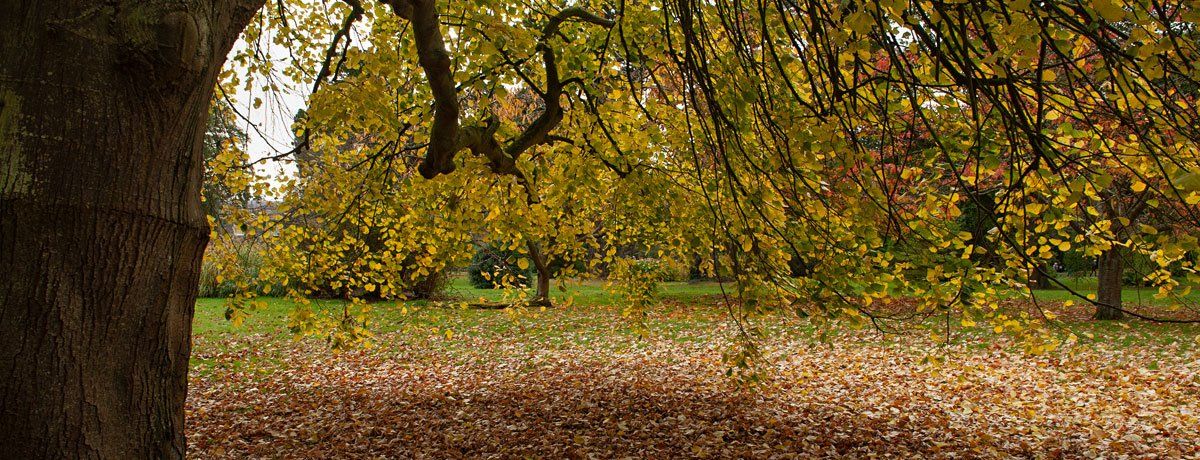Articlave is a historic village which was founded in 1612 by the Clothworker's Guild during the Plantation of Ulster. High above the village on the Sconce Road is the 'The Sconce' or ' The Giant Sconce', an important ancient site referred to in the Annals of Ulster. It was originally known as Dun Ceithern or Ceithern’s Fort, Ceithern is said to have been a descendant of Niall (Niall of the Nine Hostages) and a friend of legendary Cuchulainn, the Hound and Defender of Ulster. The Sconce was a fortress of power during the time when raiding parties were going to Wales and England during the 3rd and 4th century AD, the possibility exists that raiders from this fort captured the young Patricius and brought him back here before selling him as a slave to the local chieftain Michu. It is also possible the boats that sailed on these raids where kept on the river Bann with an access road from the Sconce.
An intriguing discovery was made in Articlave near the 2nd Dunboe Presbyterian Church, a hoard of Roman coins and silver items dating from the reign of Constantine II (AD 337-340) and Constantine III (AD 470-411), one of the silver pieces had the inscription 'Ex of Patrici' which translates as 'from the factory of Patricius'. The Ballinarees Hoard as it is known certainly indicates some kind of commerce or connections to Roman Britain, or was it more likely part of the spoils from a raiding party on Roman Britain. One writer suggests that the sixteen-year-old Patricius (Saint Patrick) who was a Roman Briton could have taken his name from this Patricius when he was captured and brought to Ulster, indeed he may have walked the hills of Dunboe before his enslavement to Michu.
An interesting fact, a beacon lit on the Sconce can be seen from Navan Fort in Armagh, which in turn can be seen from Tara Hill, the ancient seat of Irish Kings. In ancient times this network could have sent an alarm signal half the length of Ireland. Today you can drive up around the Sconce but the site is on private ground, the views from the top of the Sconce road are truly spectacular and well worth a look. Articlave also has a connection to Ireland's last highwayman Cushy Glen who operated along the Murder Hole Road between Coleraine and Limavady which was named after his murderous attacks on travellers passing that way. He was shot in 1799 by John Hopkins while trying to rob him.
The Reverend William Knox was minister of the 1st Dunboe Presbyterian Church at the time and lived in Articlave. Late one night two men came to his door and asked him to visit a dying man - however, he had to consent to be blindfolded. Reluctantly he agreed and went with them. After three days he was brought home - having again been blindfolded for the journey. He had no idea where he had been taken, only that he had ministered to the highwayman Cushy Glen as he lay mortally wounded and closed his eyes after death. The village and parish also has a unique history of emigration, the first emigration from Dunboe occurred in 1718 when the Reverend James Woodside and 160 people from Dunboe Presbyterian Church sailed from Coleraine and Londonderry bound for Boston.
From there they sailed on to Brunswick, Maine where they settled around Merrymeeting Bay. What is significant about this emigration is that it was part of the first organized emigration of Presbyterians to America in the 1700s, the beginning of what would lead to hundreds of thousands of people crossing to the new world. These were the pioneers who went to the frontiers before the American Revolution. 'The William' from Coleraine carried the main contingent from the area arriving on August 4th 1718, the rest of this group arrived with the Reverend Woodside aboard the McCallum on September 2nd 1718.
Interestingly the only written 'eye witness' account of the start of the American Civil War was written by John Thompson from Articlave and sent in a letter back to his father. John had emigrated to America and when the civil war began had joined Company E of the 1st US Artillery. He was posted to Fort Sumter and was there during the 34-hour bombardment by the Confederate Army which began on April 12th 1861. His account is recognised as historically unique in giving a first hand 'eye witness' account of the beginning of what was America's bloodiest conflict.
All Rights Reserved | Art Ward






